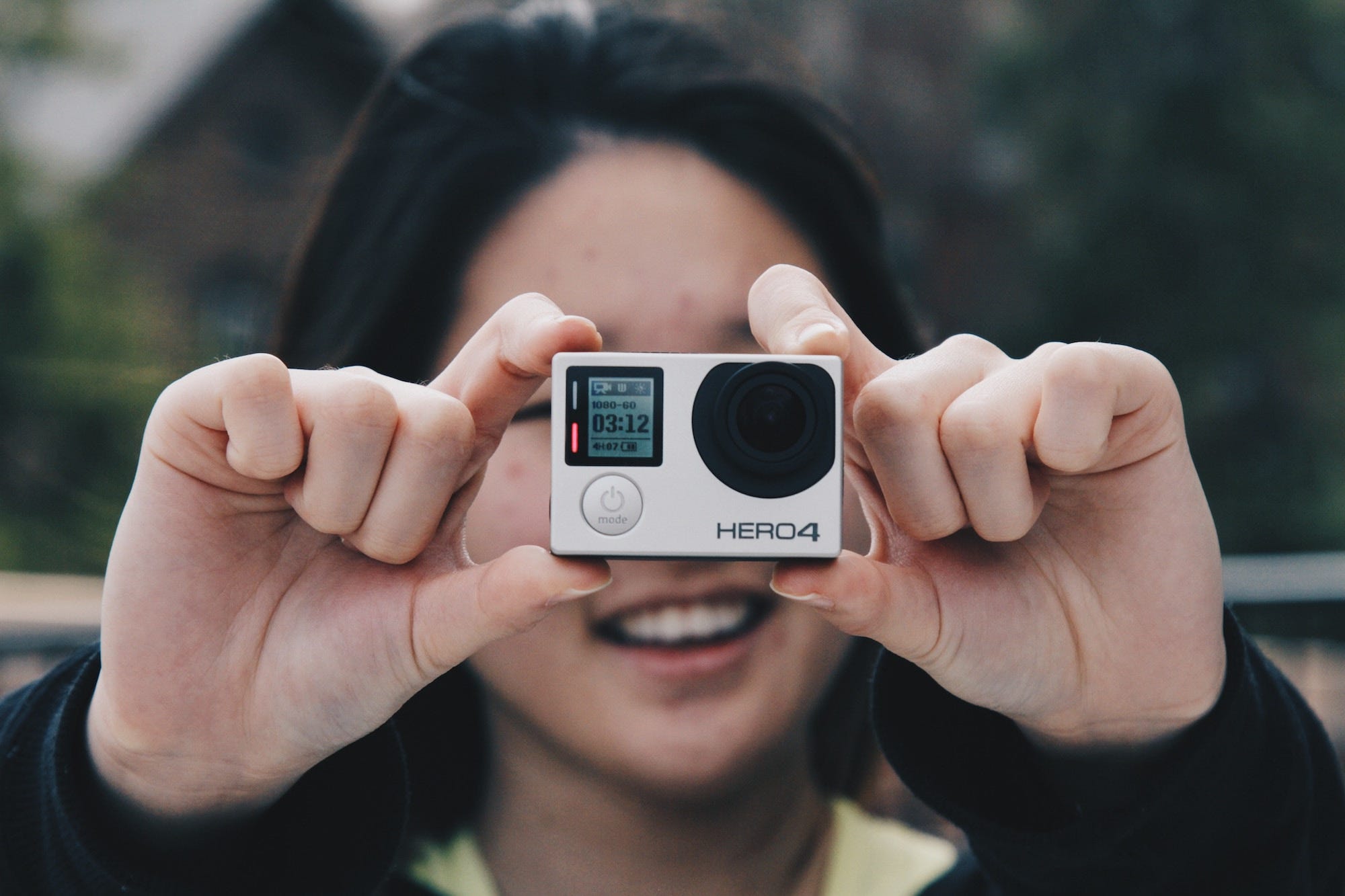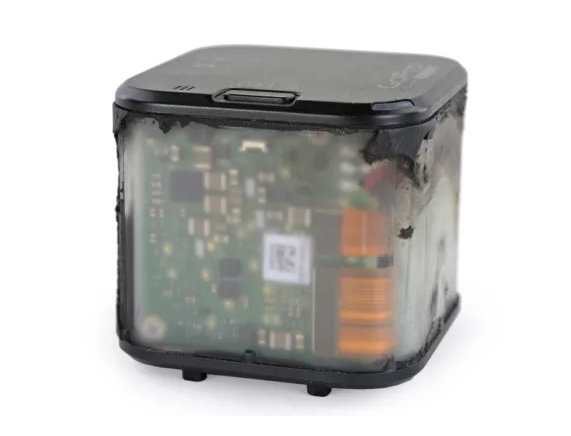
Action cameras take the best elements of a point-and-shoot camera and packs it into a tiny, durable frame. It’s little surprise they’ve overtaken traditional camcorder and compact system cameras sales. But how do they actually work?
Battery
Because of the constricted space in action cameras, most feature a small lithium polymer battery. This is one area in which the compact body works against action cameras, because batteries with higher mAh specs (that last longer) will need to be physically larger. However, most high-powered action cameras will still give you a couple hours’ worth of juice.
Lens
Acting as the eye, an action camera packs a huge amount of technology into a very small glass lens. Of course, every action camera is different but often they will feature an aperture of ƒ/2.8. Often, action cameras will have a very wide-angle field of view with reduced distortion".

Image Sensor
If the lens is the eye of the camera, the image sensor is the optic nerve, detecting and then converting the light waves into a beautiful image or video. It’s the image sensor that can give you 4k or 1080p video quality or 12MP image quality and controls the frames per second (fps).
Wi-Fi module
Most modern action cameras are fitted with a hardware chip that allows for wireless communication – Wi-Fi & Bluetooth being the two most common – between the camera and other devices. It looks a bit like a piece of RAM you’d install in your computer.
SD card slot
Contemporary action cameras will be fitted with a microSD slot, which gets the data for your camera’s motherboard and puts it onto your preferred microSD card.
When it comes to microSD cards, storage is the key consideration, especially if you’re using your action camera a lot or taking very high quality video. However, also pay attention to the speed class rating, which affects your transfer speed, as well as durability and warranty.
Motherboard
Connecting all these parts together is the motherboard, a key piece of hardware that allows fast communication between components. It manages all the core functions, whether it’s helping process your video and images or managing your camera’s power.

Casing
All of this is then packed into a tightly secure body, which allows them to go underwater and to endure tough conditions. The only downside with such a durable interior is that it might be tricky to replace/tinker with any parts.

Picture: iFixIt
Touchscreen
Not all action cameras are equipped with a touchscreen. However, those that are will have screens around 1.5”, which is enough to see what you’re shooting and to change basic settings. However, the compact size of the camera does make the screen appear small sometimes, especially if you’re used to DSLR screens.
At the end of the day, an action camera is a pretty incredible type of camera. Not only can it take an amazing quality shot or video, an action camera is also versatile, durable and so compact.
Browse our wide range of action cameras now. Or read other Camera House blog posts about action cameras, such as their Pros and Cons or the best action cameras for night shooting.
